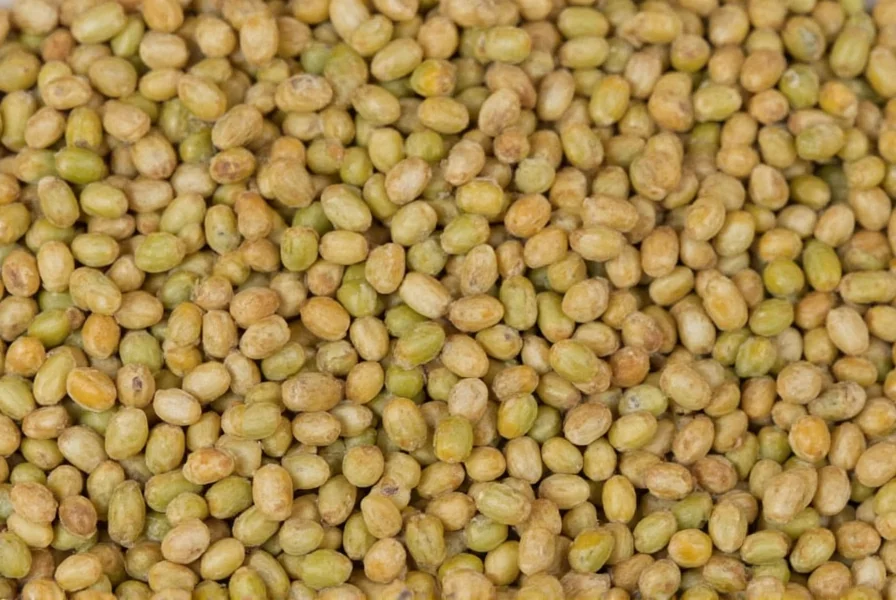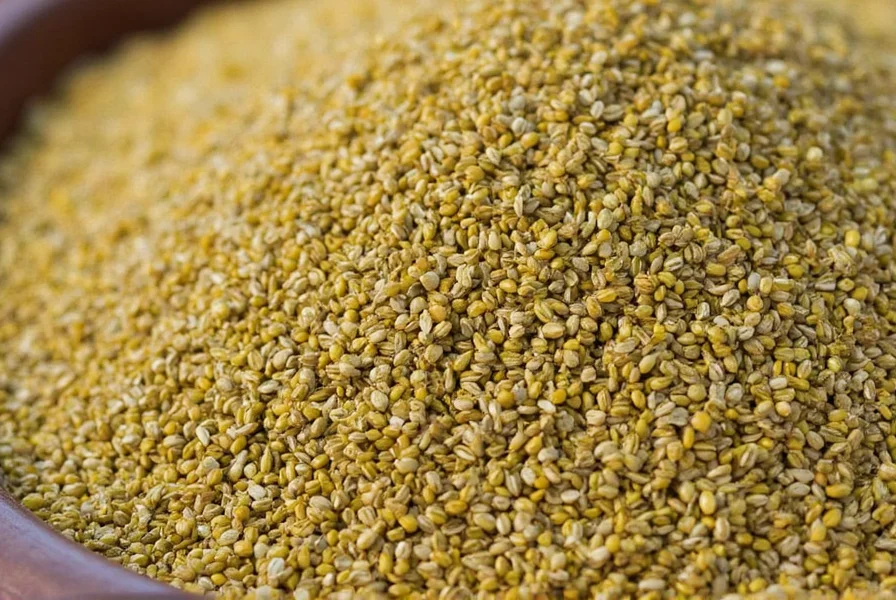In Jesus' most famous agricultural metaphor, the mustard seed parable delivers a profound message about spiritual growth and divine potential. This concise teaching appears across three Gospels, each preserving Jesus' striking comparison between the tiny mustard seed and the expansive nature of God's kingdom. The parable's enduring power lies in its botanical accuracy and theological depth—a combination that has inspired believers for two millennia.
Biblical References and Context
The mustard seed parable appears in all three Synoptic Gospels, though with slight variations:
| Gospel | Passage | Key Phrasing |
|---|---|---|
| Matthew | 13:31-32 | "Smallest of all seeds" grows "larger than garden plants" |
| Mark | 4:30-32 | "Smaller than all seeds on earth" becomes "the largest of plants" |
| Luke | 13:18-19 | "Takes root and grows" until birds nest in its branches |
Jesus told this parable during his Galilean ministry while teaching by the Sea of Galilee. The setting matters—his audience would have recognized the mustard plant (Sinapis nigra) growing wild in Palestinian fields. Unlike modern gardeners who might expect neatly contained plants, 1st-century listeners knew this vigorous plant could reach 8-10 feet tall, dominating garden spaces.

Botanical Reality Behind the Parable
Contrary to popular belief, the mustard seed isn't technically the smallest seed in existence—that distinction belongs to certain orchids. However, in Jesus' agricultural context, it was among the smallest commonly cultivated seeds. The black mustard plant (Sinapis nigra) native to the region:
- Grows from a seed approximately 1-2mm in diameter
- Reaches heights of 6-10 feet within months
- Develops a woody stem that supports nesting birds
- Spreads aggressively through self-seeding
Archaeological evidence from Masada and other Judean sites confirms mustard seeds were present in 1st-century Palestine. Jewish agricultural regulations even restricted mustard planting near gardens due to its invasive nature—a detail that adds irony to Jesus' teaching about God's kingdom disrupting religious expectations.
Theological Interpretation Through History
Early church fathers saw multiple layers of meaning in this parable:
- Origen (3rd century): Viewed the mustard plant as representing the visible church's expansion
- Augustine (4th century): Interpreted the birds as representing pagan nations joining God's kingdom
- Reformation thinkers: Emphasized the contrast between the kingdom's humble beginnings and ultimate glory
Modern scholars note Jesus' subversive framing—comparing God's kingdom to a weedy plant rather than a majestic cedar (as in Ezekiel 17:22-23) would have surprised Jewish listeners expecting a powerful political Messiah. The parable's emphasis on organic, unstoppable growth from tiny beginnings remains central to understanding Christian mission.
Practical Applications for Contemporary Faith
The mustard seed parable offers three enduring lessons for modern believers:
- Significance of small beginnings: Faithful witness often starts with seemingly insignificant actions
- Unexpected growth patterns: God's kingdom expands through methods we might not anticipate
- Inclusive community: The mature plant provides shelter for diverse birds—symbolizing the kingdom's welcoming nature
Unlike modern "prosperity gospel" interpretations that focus solely on personal faith size, the original parable emphasizes God's action through the seed itself. The growth happens according to the plant's nature—not through human effort. This distinction remains crucial for proper biblical mustard seed interpretation.
Common Misunderstandings Clarified
Several misconceptions surround this parable:
- "Mustard seed is literally the smallest seed"—Jesus used hyperbolic language common in 1st-century teaching
- "It's about the size of our faith"—This confuses the parable with Jesus' separate teaching in Matthew 17:20
- "The birds represent evil"—In this context, birds nesting signifies the kingdom's expansive hospitality
Understanding the historical mustard plant in biblical times helps separate authentic interpretation from popular distortions. The parable's power lies not in botanical precision but in its vivid illustration of divine transformation—where something tiny becomes unexpectedly significant through God's power.
Frequently Asked Questions
What type of mustard seed is referenced in the Bible?
The biblical mustard seed refers to black mustard (Sinapis nigra), a common plant in 1st-century Palestine. Archaeological evidence confirms its presence in the region, where it grew wild and reached heights of 6-10 feet. Unlike modern cultivated mustard varieties, this wild plant was considered invasive and weedy—making Jesus' comparison particularly striking to his original audience.
How does the mustard seed parable differ from the faith-as-mustard-seed teaching?
These are two distinct teachings. The mustard seed parable (Matthew 13, Mark 4, Luke 13) compares God's kingdom to a growing plant. The faith-as-mustard-seed teaching (Matthew 17:20) uses the seed's small size to illustrate how little faith is needed for God to work. Confusing these passages leads to misinterpretation—the parable focuses on God's kingdom growth, not human faith size.
Why did Jesus choose a mustard plant instead of a majestic tree?
Jesus deliberately chose a humble, even weedy plant to subvert expectations. Jewish listeners anticipated kingdom prophecies featuring majestic cedars (Ezekiel 17:22-23). By using a common field weed, Jesus emphasized that God's kingdom begins unassumingly but grows powerfully—challenging notions of religious power and prestige while highlighting divine transformation of the ordinary.
What does the birds nesting in the mustard tree represent?
The birds nesting in the mustard tree's branches symbolize the inclusive nature of God's kingdom. In biblical imagery, birds often represent diverse peoples or nations (Ezekiel 17:23, Daniel 4:12). Jesus' teaching suggests that God's kingdom, though starting small, will eventually provide shelter and community for people from all backgrounds—a radical concept in his religious context.











 浙公网安备
33010002000092号
浙公网安备
33010002000092号 浙B2-20120091-4
浙B2-20120091-4